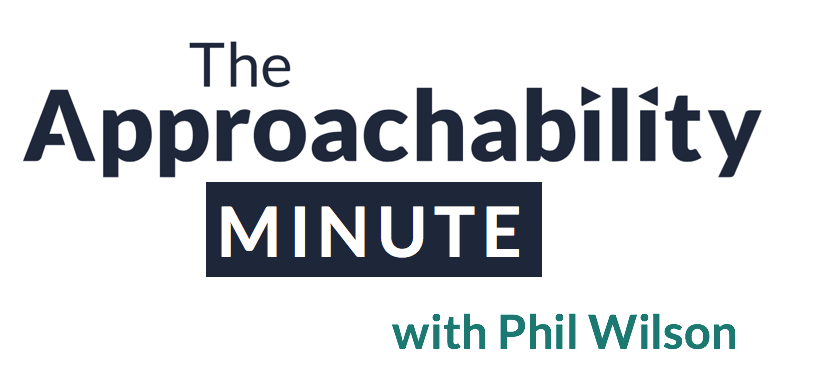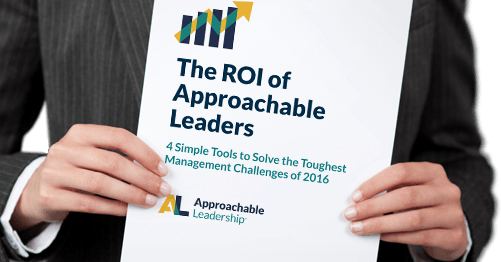
Leadership Lesson Out of the Orlando Shooting
It’s been almost three weeks since the deadliest mass shooting in American history. Just this week we suffered another senseless attack against people traveling for religious holidays in Turkey.
In the days and weeks following events like these we look to our leaders – political leaders, church leaders, even leaders at work or in our family. We look for answers to questions that can’t be answered. We look for explanations for actions that can’t be explained. We look for comfort.
We look to leaders to help us find clarity or sort through our own emotions. These are the things that matter in moments of extreme grief, anger, and misunderstanding.
Today many of our leaders fail to do this. They politicize things. They offer “solutions” like changing policies, closing borders or attacking ISIS. They think by offering solutions that they can make the pain and uncertainty go away. They’re wrong. Solutions aren’t what’s needed in times like these. What’s needed most is understanding and connection.
Three weeks ago a man killed fifty people he knew only one thing about. And to him, that one thing was enough to justify their deaths. You can put all kinds of labels on this man. None of them can even begin to explain how someone could do what he did. He was broken. And we are not going to legislate some kind of neat solution to someone like him (or the suicide bombers in Turkey).
What we need as Americans and people are leaders who can talk about that – the human part of the problem.
Utah Lt. Gov. Spencer Cox did that in the days after the shooting in Orlando. At a vigil for the victims of the shooting, Cox began by saying “I recognize that I am a balding, youngish, middle-aged, straight, white, male, Republican politician, with all of the expectations and privileges that come with those labels. I am probably not who you expected to hear from today.”
He went on to tell about his time growing up in a small rural high school. He recalls the way he treated some of the kids who were different than him. Looking back, he now knows those kids were gay. Cox says, “I regret not treating them with the kindness, dignity, and respect — the love — that they deserved. For that I sincerely and humbly apologize.”
Cox didn’t have to say those things. He didn’t have to reveal his intolerance. He could have spent his time talking to grieving people about policies and how to fix things. But Cox is a true leader. Instead, he spoke about something that was uncomfortable. He showed vulnerability. He described how intolerance toward any group creates distance, and distance can lead to all kinds of problems, including violence. He asked the American people to surround the gay community with love – not just in this terrible season, but in our daily lives as well.
Cox challenged us to look inside of ourselves. As I considered his statement I had to confront my own mistakes and intolerance. He connected. His honesty made him a man we can trust.
These are the qualities of a true leader. And this is the kind of leader people follow and fight for.
Imagine how much better our world would be if we followed the Governor’s advice. If we surrounded each other with love instead of feeding the friction. Strive to be that kind of leader.

















